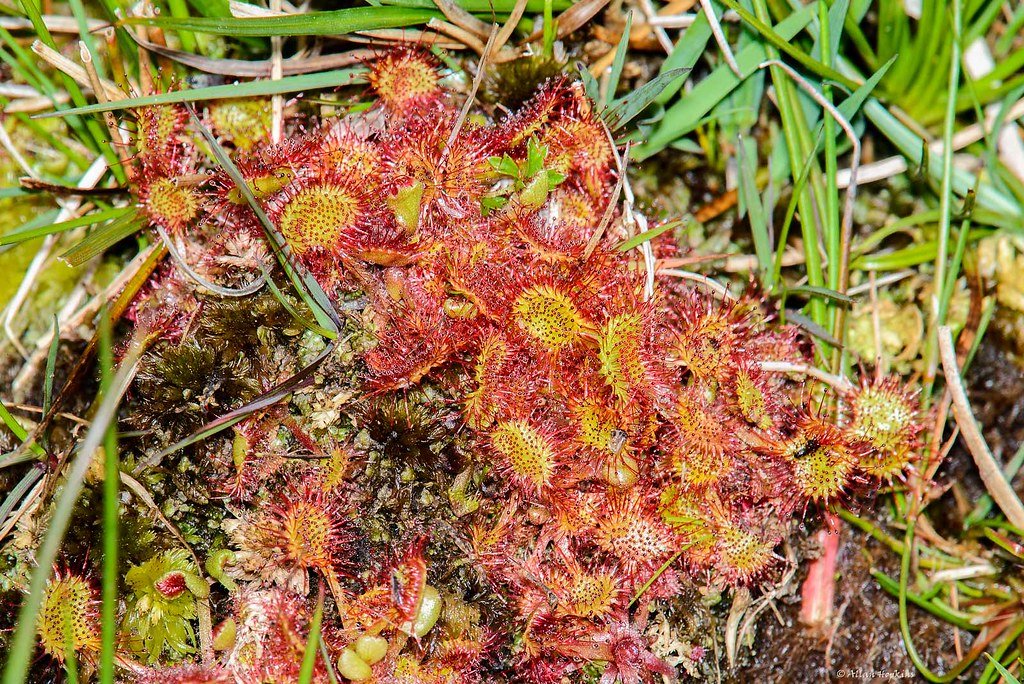Imagine strolling through a quiet, misty bog and spotting a plant with glistening red tentacles that appear almost otherworldly. Suddenly, a tiny insect lands on its surface, and in a matter of moments, the plant’s tentacles begin to close in, trapping the unsuspecting visitor. It’s not a scene from a science fiction movie—it’s the daily reality of the sundew, a plant that challenges everything we thought we knew about movement in the natural world. How can a root-bound organism, lacking muscles or nerves, perform such astonishing feats of motion? The answer is a dazzling blend of biology, chemistry, and evolutionary ingenuity that continues to captivate scientists and nature lovers alike.
The Enigmatic World of Sundews
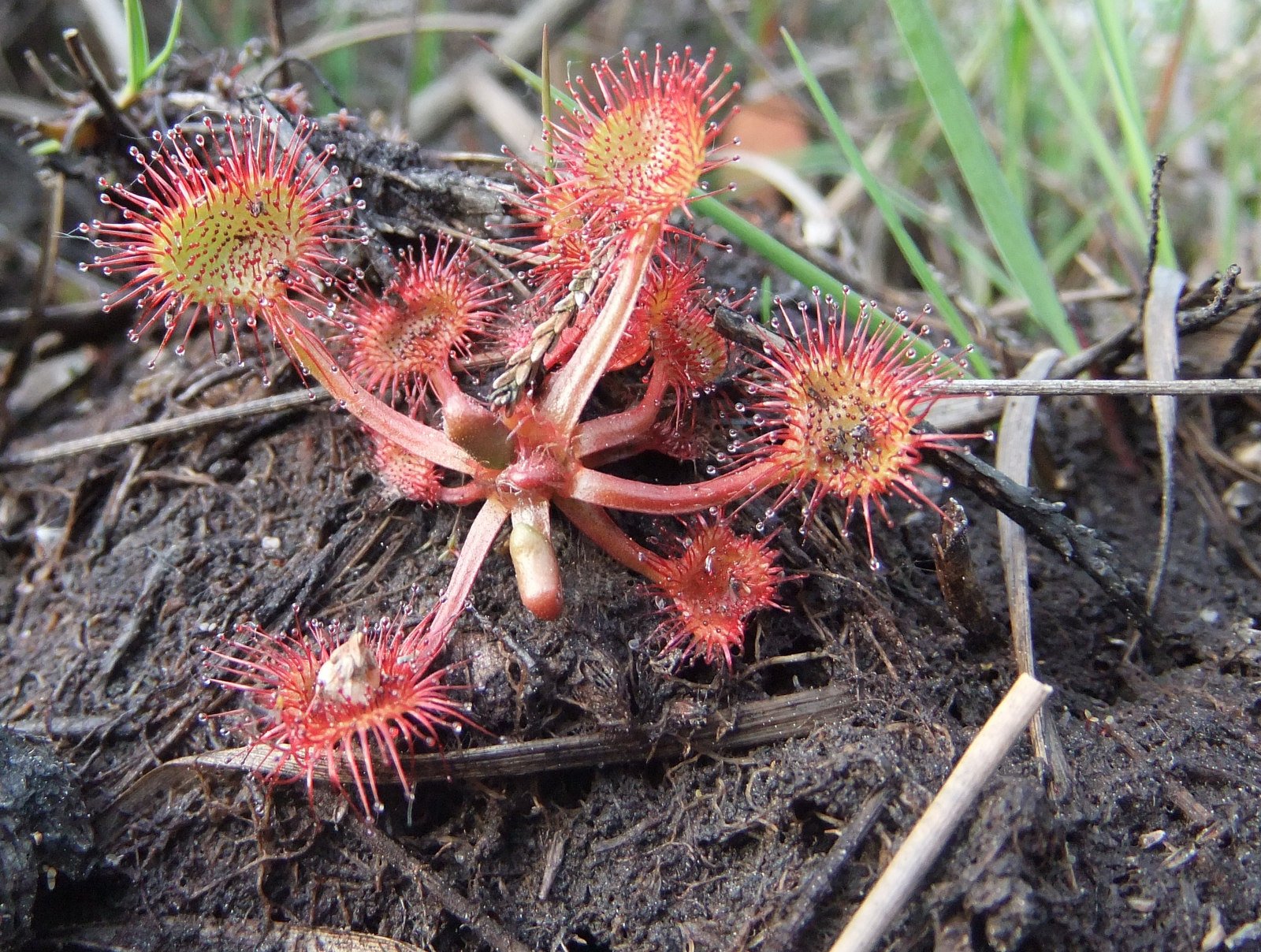
Sundews, belonging to the genus Drosera, are some of the most captivating carnivorous plants on Earth. Their leaves are decorated with hair-like structures called tentacles, each tipped with a glistening droplet of sticky mucilage. These droplets glimmer like morning dew, giving the plant its poetic name. Found on every continent except Antarctica, sundews thrive in nutrient-poor soils where few other plants dare to grow. Their ability to supplement their diet by capturing and digesting insects makes them masters of survival in harsh conditions. Each species of sundew boasts unique shapes, sizes, and specialized movements, painting a dazzling portrait of diversity in the plant kingdom.
Defying Convention: Plants That Move
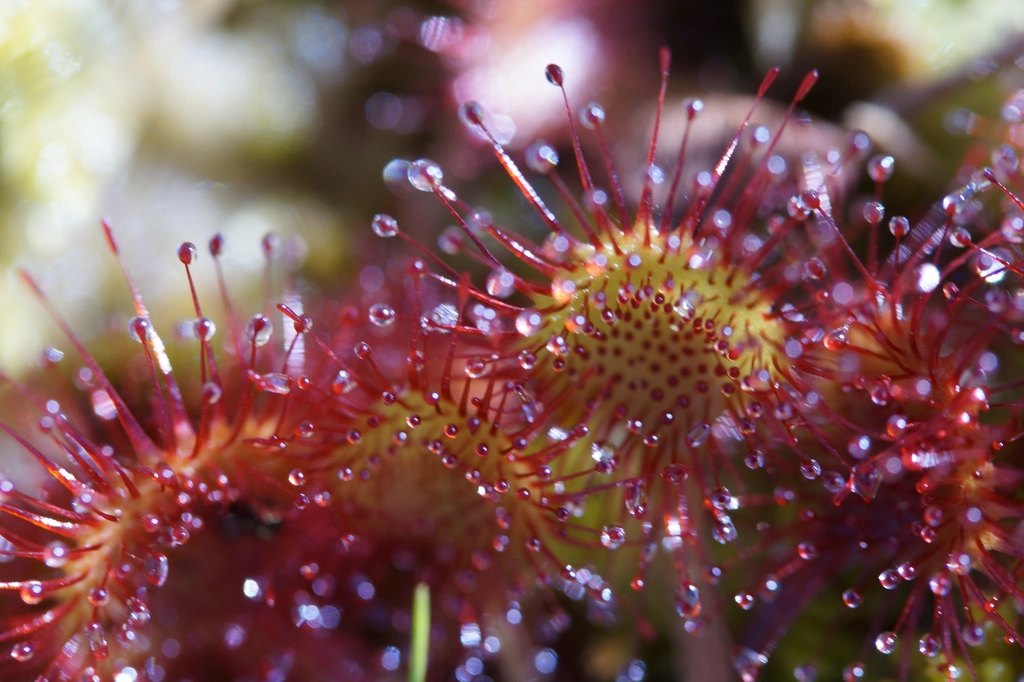
Unlike animals, plants don’t have muscles, tendons, or nervous systems—yet, sundews and a select few of their botanical cousins break the rules. When an insect touches a sundew’s tentacle, the tentacle bends toward the prey, sometimes within seconds, and other tentacles may follow suit. This movement is not a slow, passive growth response but an active, visible change in the plant’s shape. Such rapid motion in plants was once thought impossible, but sundews demonstrate that life always finds a way to surprise us. Their movements challenge our understanding of what it means to be alive and responsive to the environment.
Sticky Traps: The Secret to Sundew Success

The sundew’s sticky tentacles are both its weapon and its shield. Each tentacle secretes a glistening drop of mucilage, which is incredibly adhesive—strong enough to ensnare flies, gnats, and even small beetles. When an insect lands and struggles, it triggers the tentacles to bend toward the center of the leaf, further entangling the prey. The more the victim struggles, the tighter the plant’s grip becomes. This stickiness is not just for trapping food; it also protects the plant from losing precious resources in its nutrient-poor habitat. The sundew’s sticky embrace is a perfect example of nature’s resourcefulness and efficiency.
How Do Sundews Move Without Muscles?
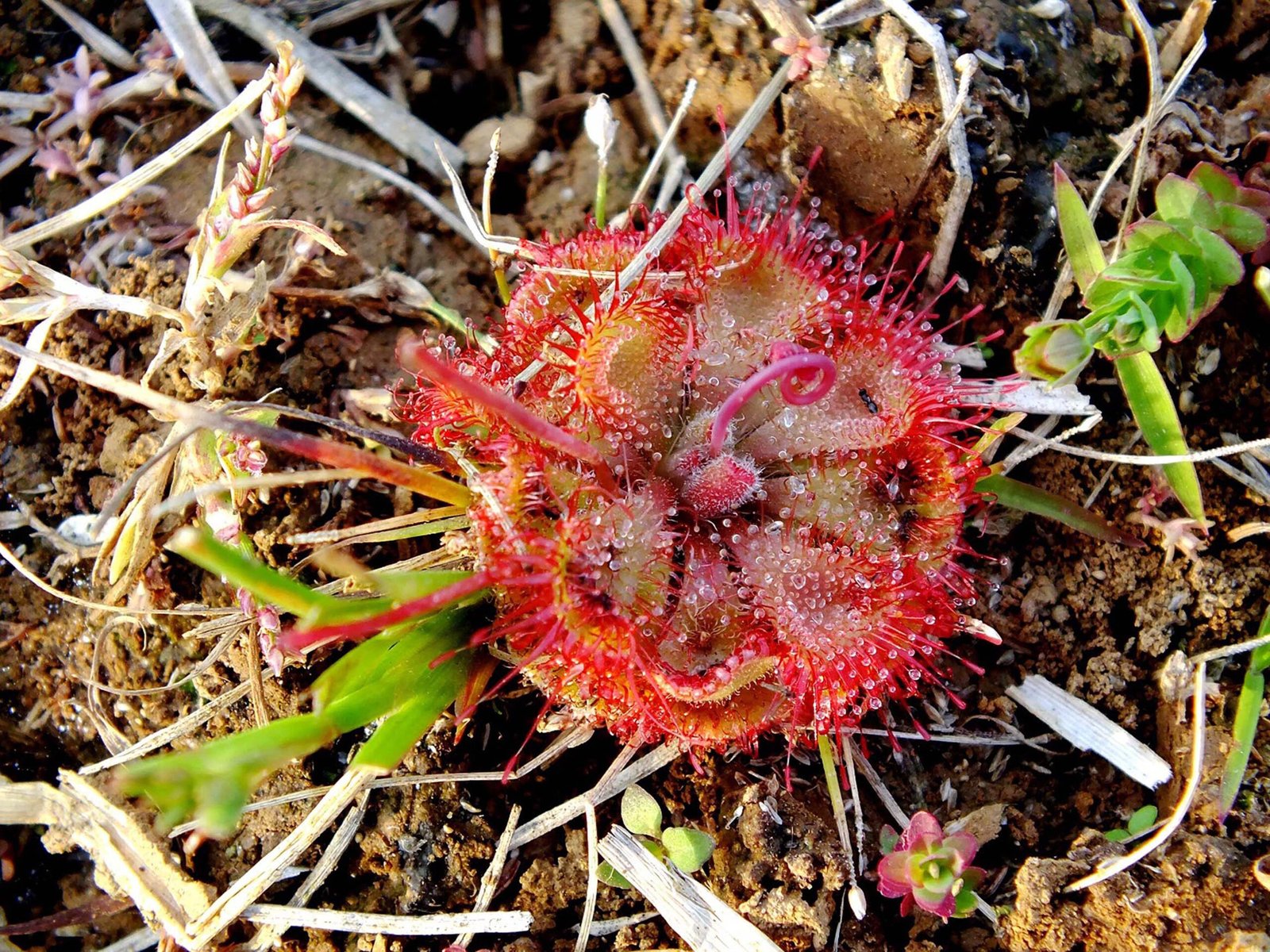
The magic behind sundew movement lies not in muscles, but in the plant’s ability to manipulate water pressure within its cells—a process known as turgor pressure. When an insect triggers the tentacles, specialized cells rapidly transport ions, causing water to flow into or out of the cells. This movement changes the stiffness and shape of the tentacles, allowing them to bend with surprising speed. It’s a bit like inflating or deflating a balloon to make it twist or curl. This remarkable mechanism enables the sundew to perform complex, coordinated motions without the need for bones, nerves, or muscles.
Chemical Conversations: The Role of Signaling Molecules
Sundews may not have a nervous system, but they do possess a sophisticated chemical communication network. When a tentacle is touched, electrical signals travel through the plant’s tissues, much like messages sent along a telegraph wire. These signals trigger the release of hormones and other molecules that orchestrate the plant’s movement. For example, jasmonic acid—a hormone also involved in plant defense—plays a crucial role in initiating the tentacle’s bending response. This intricate chemical choreography allows sundews to respond precisely and efficiently to the presence of prey, ensuring their survival and success.
Speed and Precision: Just How Fast Are Sundews?
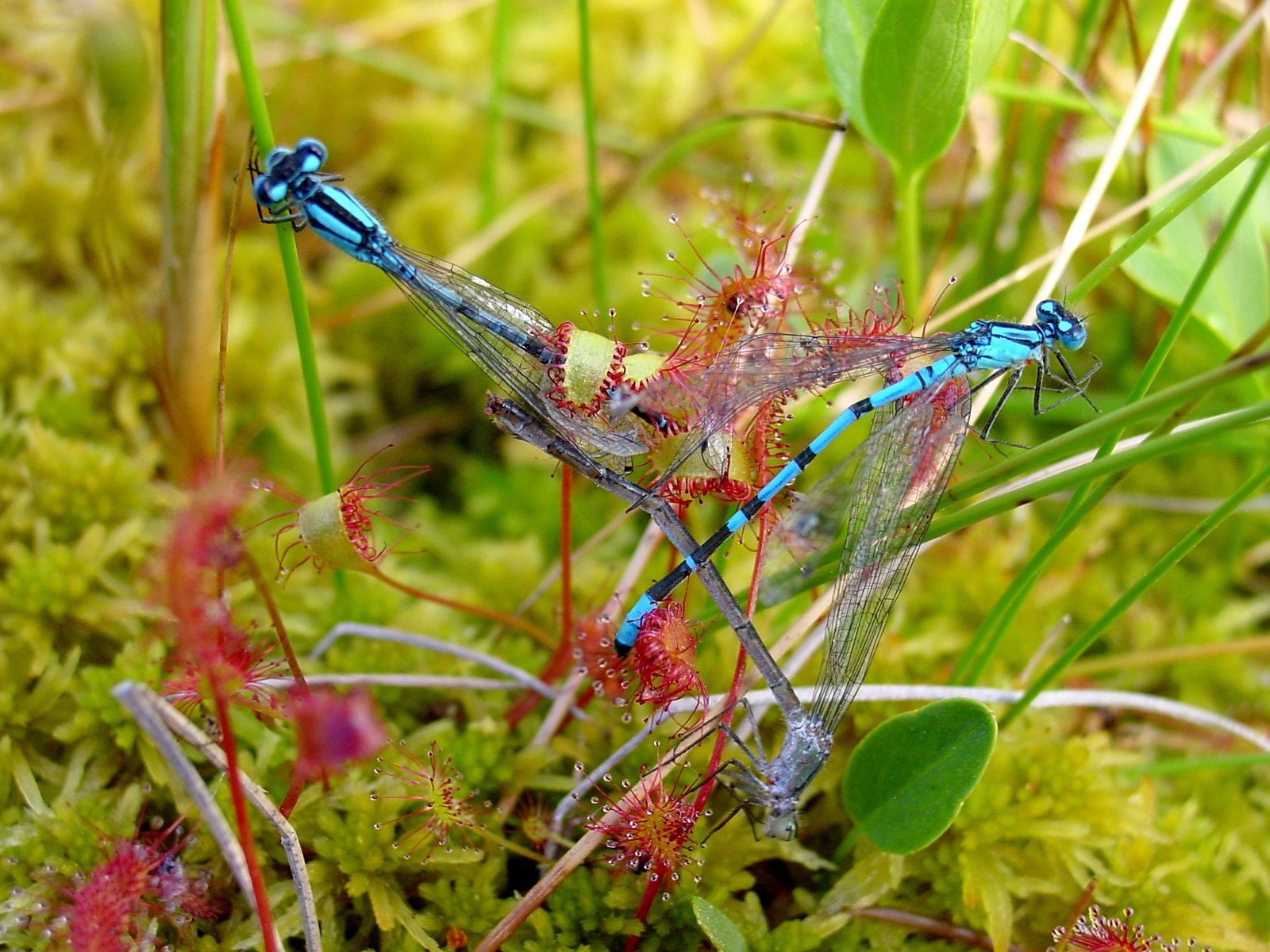
While not as lightning-fast as the Venus flytrap, sundews still move with a speed that’s impressive for a plant. Some species, such as Drosera glanduligera, can flick their tentacles in less than a second, catapulting prey toward the sticky center of the leaf. Others may take several minutes to fully encircle their victim, but the overall process is much faster than most plant movements. This balance of speed and precision allows sundews to capture a wide variety of prey, from tiny gnats to unsuspecting ants. The plant’s ability to coordinate multiple tentacles at once adds to its deadly efficiency.
The Digestive Dance: From Capture to Consumption
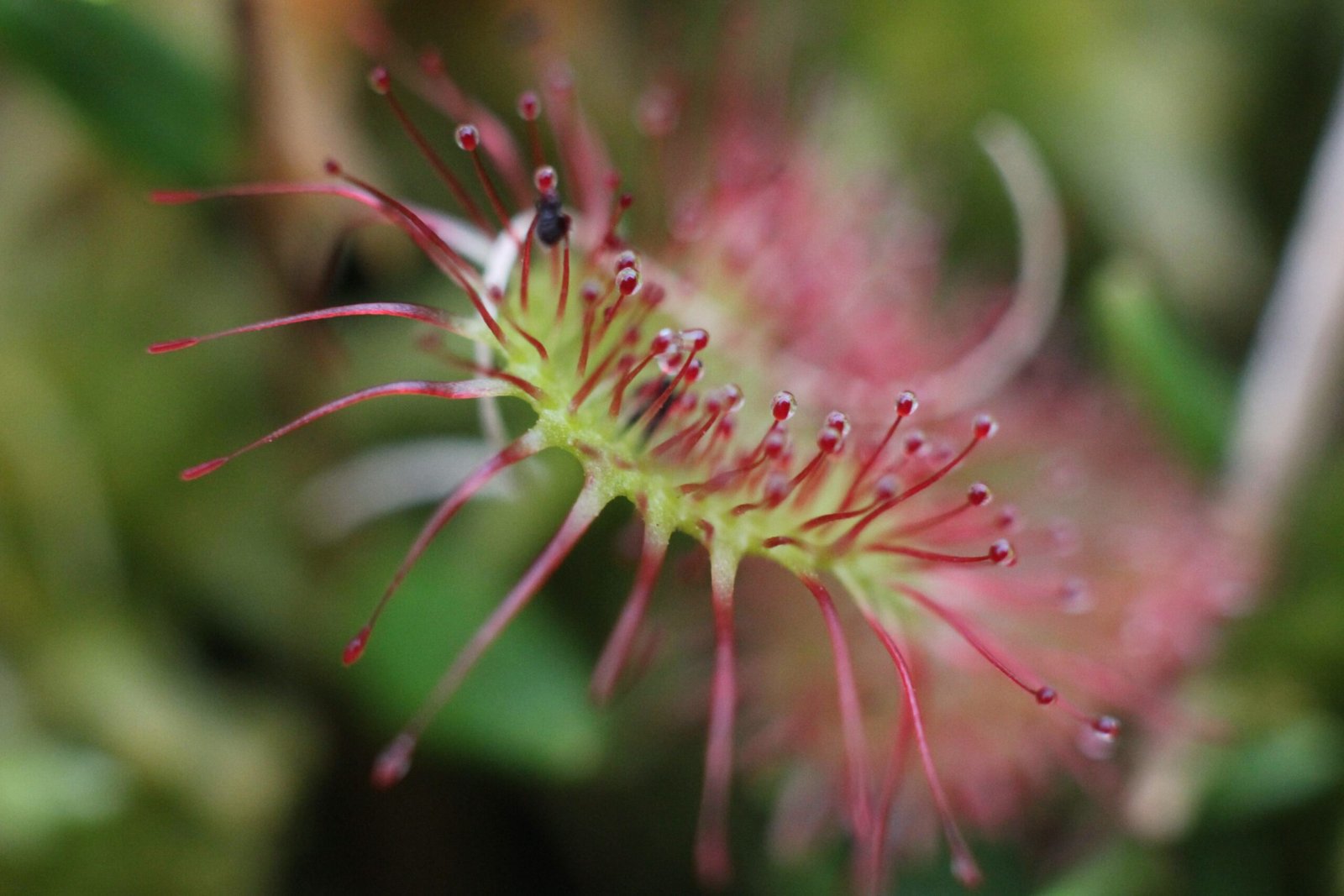
After ensnaring its prey, the sundew doesn’t waste any time. The tentacles continue to curl around the insect, pressing it tightly against the leaf surface where digestive enzymes are secreted. These enzymes break down the insect’s soft tissues, releasing valuable nutrients like nitrogen and phosphorus. The plant then absorbs these nutrients directly through its leaf surface, supplementing what it cannot obtain from the soil. This digestive dance can last anywhere from a few hours to several days, depending on the size and type of prey. Once digestion is complete, the tentacles slowly unfurl, ready to catch the next meal.
Evolution’s Ingenious Solutions
The ability of sundews to move and capture prey is a triumph of evolutionary innovation. Over millions of years, these plants have adapted to environments where traditional sources of nutrients are scarce. Their sticky, mobile traps are a direct response to the challenges of poor, acidic soils. By turning the tables and feeding on animals, sundews have carved out a niche that few other plants can occupy. This evolutionary arms race between plant and insect has produced some of the most bizarre and beautiful forms in the botanical world.
Sundews in the Wild: Where to Find Nature’s Living Traps
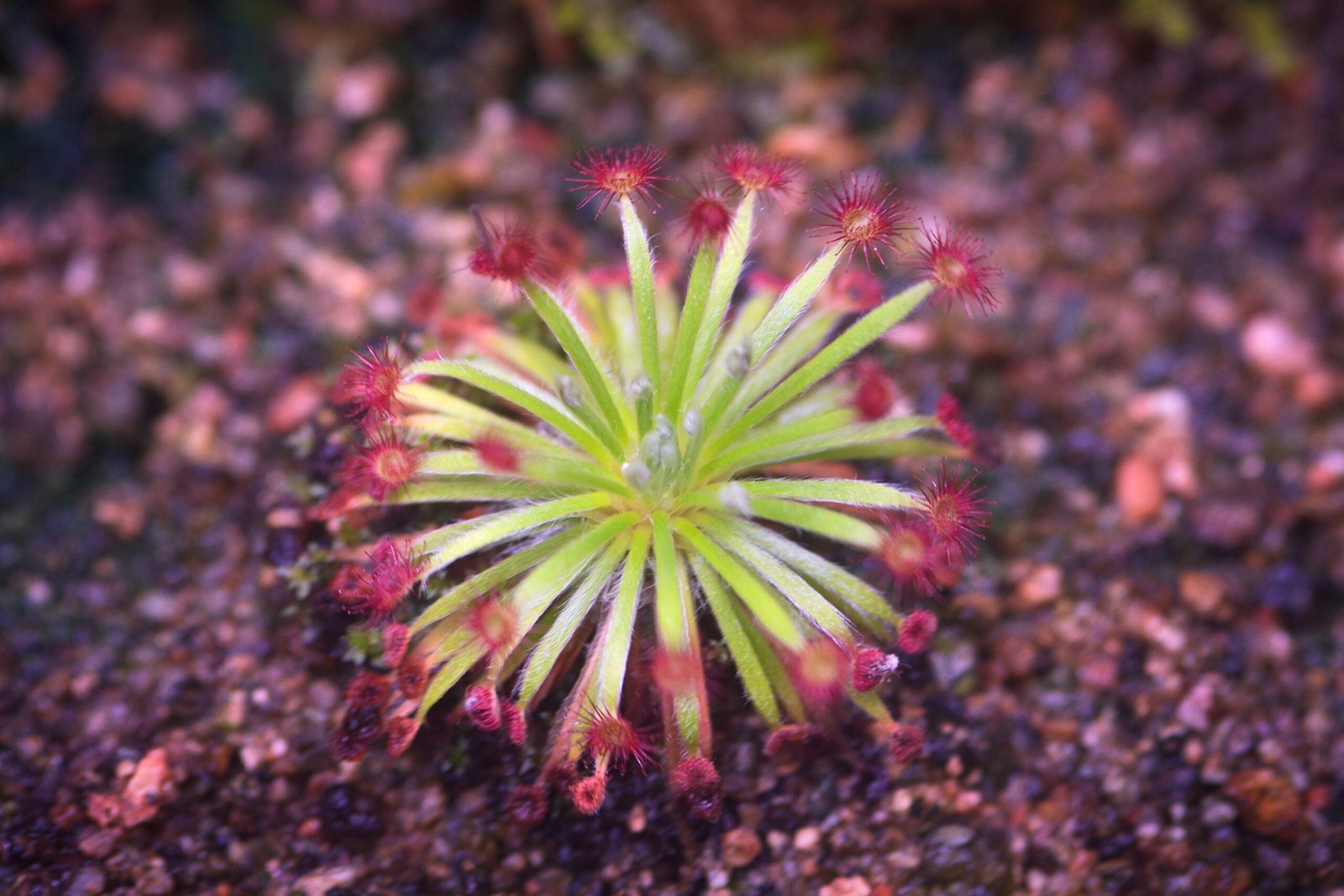
Sundews are found in a wide range of habitats, from the misty moorlands of Scotland to the sun-drenched swamps of Australia. They often grow alongside other carnivorous plants, such as pitcher plants and bladderworts, in bogs, fens, and wet meadows. Many species are threatened by habitat loss, as wetlands are drained or polluted for human development. Despite these challenges, sundews remain resilient, often recolonizing disturbed areas and thriving where other plants cannot. Their presence is a testament to the adaptability and tenacity of life.
Fascination in the Lab: What Scientists Are Discovering

Sundews are more than just botanical curiosities—they are valuable subjects for scientific research. Scientists study these plants to better understand the mechanisms of plant movement, the evolution of carnivory, and the chemistry of plant-insect interactions. Advances in imaging technology have revealed the intricate details of sundew motion, while genetic studies are uncovering the genes responsible for their unique traits. Sundews also inspire innovations in fields such as robotics and materials science, where researchers look to nature’s solutions for new ideas.
Human Connections: Sundews in Myth, Medicine, and Art
Throughout history, sundews have captured the human imagination. In ancient times, they were believed to possess magical properties, and extracts from their leaves were used in traditional medicine to treat coughs and skin conditions. Artists and writers have drawn inspiration from the plant’s otherworldly beauty and mysterious habits. Today, sundew enthusiasts cultivate these plants in botanical gardens and greenhouses, sharing their wonder with a new generation of curious minds. The sundew’s story is a reminder of the deep connections between people and the natural world.
Looking Closer: What Sundews Teach Us About Life
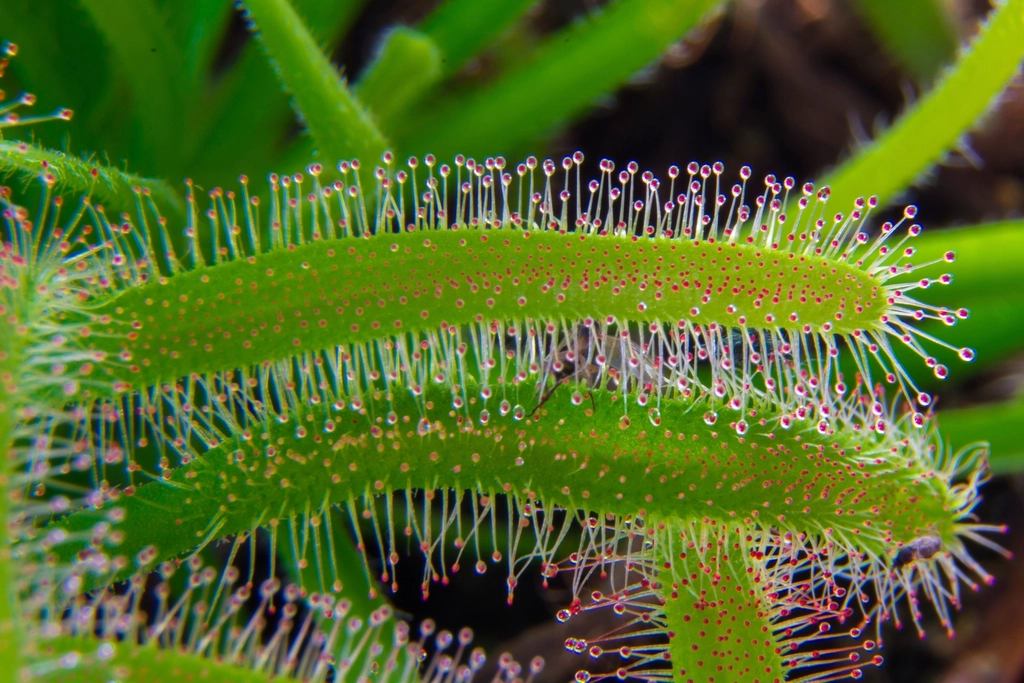
Sundews invite us to rethink what it means to be alive and aware. Their movements blur the line between plant and animal, showing that intelligence and adaptability can take many forms. By studying sundews, we gain insight into the incredible diversity of life on Earth and the ingenious strategies living things use to survive. These plants encourage us to look closer, to question our assumptions, and to marvel at the wonders that exist just beneath our feet. What other secrets might nature be hiding in plain sight?

